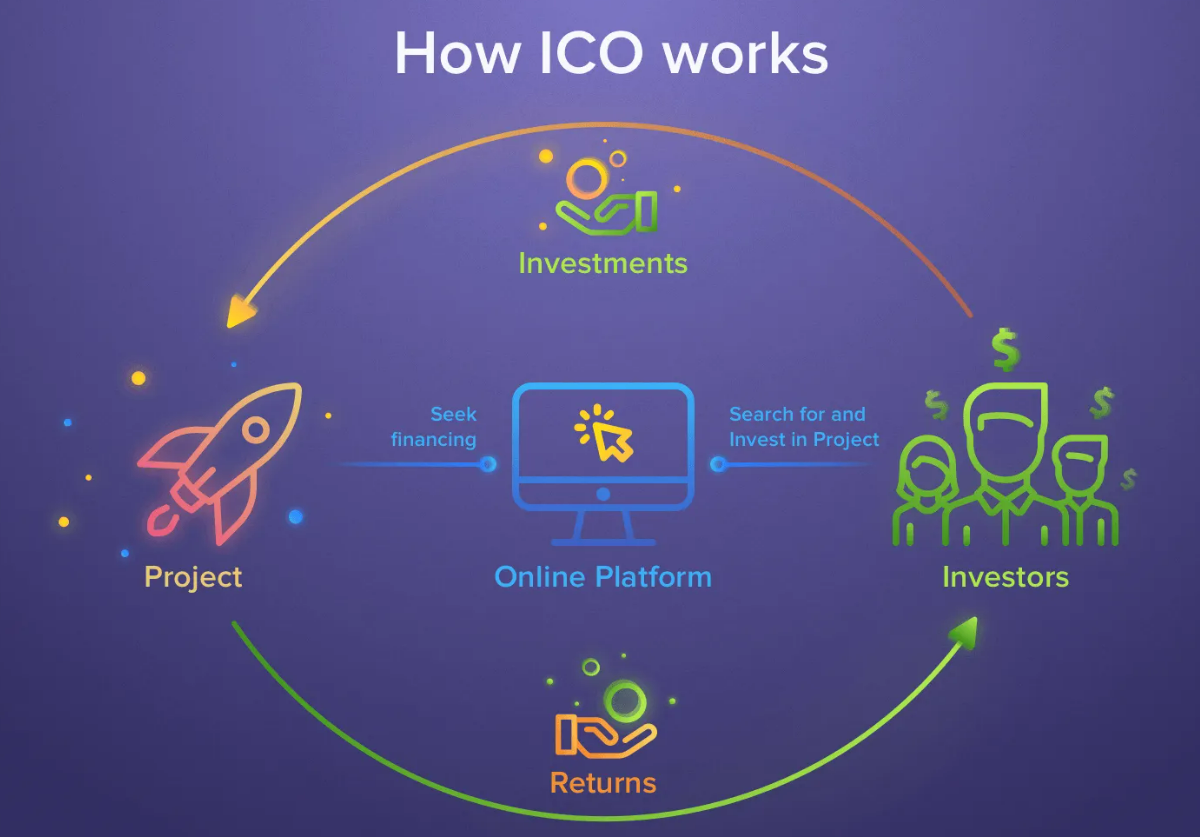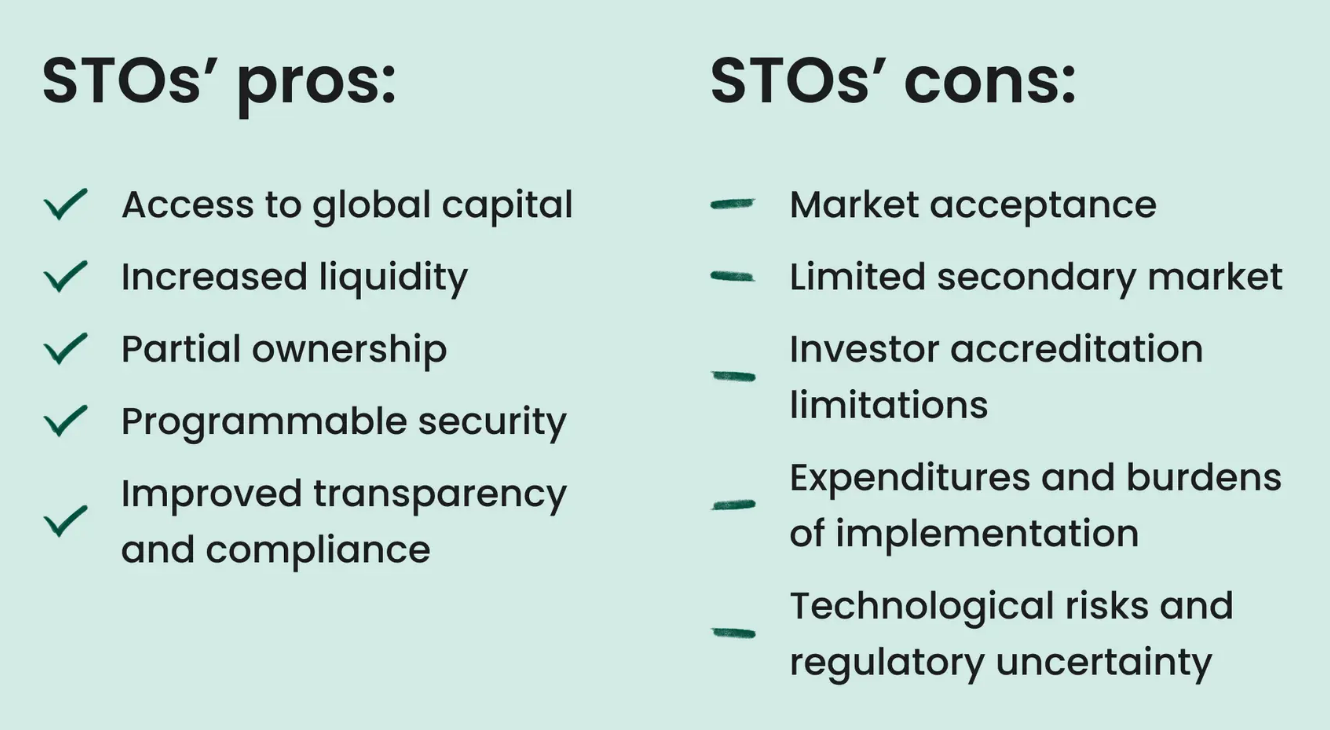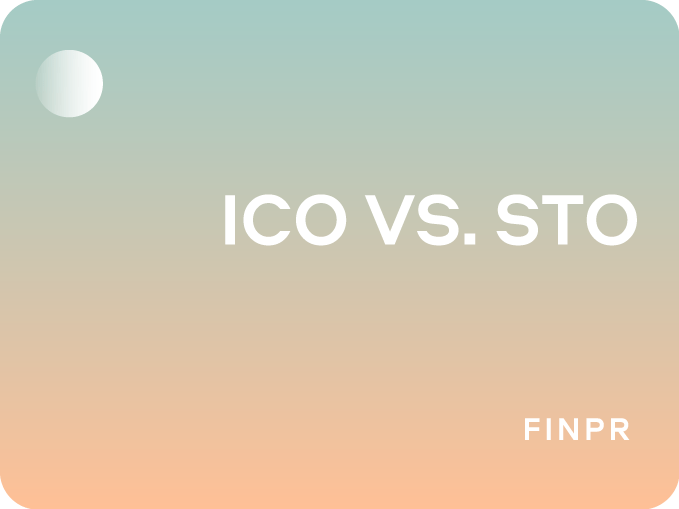
The crypto world offers more than one way to raise money. ICOs (Initial Coin Offerings) and STOs (Security Token Offerings) have both made headlines as innovative fundraising tools. But what’s the difference? This article provides a clear, reader-friendly comparison of ICO vs STO. We explore how ICOs work as a quick but risky path fueled by speculation, and how STOs bring traditional finance safeguards into blockchain. By understanding their differences in regulation, investor rights, and more, you’ll be better equipped to navigate these token offering options.
Introduction to ICOs and STOs
An Initial Coin Offering (ICO) is a fundraising method where new crypto projects sell their own digital tokens to early backers in exchange for capital.

ICOs gained immense popularity around 2017, with projects like Ethereum, EOS, and Tezos raising substantial amounts through token sales. These sales attracted a global swarm of investors hoping for high returns, but they often operated in a legal grey area. Many early ICOs had minimal regulatory oversight – a factor which led to significant risks such as scams, wild price swings, and uncertain investor protection.
By contrast, a Security Token Offering (STO) is a more regulated approach that emerged to address those concerns. In an STO, the tokens sold are backed by real assets or revenue streams (for example, equity in a company, real estate, or other investments) and are designed to comply with existing securities laws. This means buyers of security tokens have legal rights to the underlying asset, similar to owning stocks or bonds. STOs rose to prominence after the ICO boom as a safer alternative where investor rights and protections are built-in. Several high-profile STOs in areas like property and venture capital have demonstrated the viability of this model – showing that blockchain fundraising can be done within legal frameworks to provide more transparency and trust. A well-planned crypto ICO marketing strategy is crucial for standing out in a crowded fundraising landscape.
How ICOs Work — Simple Access, High Stakes
An ICO starts with a project publishing a brief whitepaper, minting a fixed batch of tokens (often on Ethereum), and selling them worldwide for BTC, ETH, or other major coins. With no heavy paperwork or investor vetting, anyone online can join, letting startups collect millions within minutes. That openness, however, sparked a 2017-18 frenzy: 2,284 sales in 2018 alone raised roughly $11.4 billion. Many buyers chased quick gains rather than real utility, so token prices swung wildly — some rocketed 100×, others crashed to zero when teams fizzled. In short, ICOs deliver instant, border-free funding but pair it with boom-or-bust risk.
The Rise of STOs — Bringing Regulation to Blockchain
STOs flip the script by issuing security tokens: digital shares legally tied to real equity, debt, or property. Holders gain enforceable rights — dividends, profit-share, voting — just like traditional investors.

To launch, issuers file prospectuses, run KYC/AML checks, and often limit early sales to accredited buyers, trading speed for credibility. The reward is trust: tokens can represent slices of a skyscraper, venture fund, or fine art, then trade on regulated venues such as tZERO or Securitize. STOs thus blend blockchain efficiency with the safeguards of finance, unlocking fractional ownership while keeping regulators — and investors — on-side. Through asset tokenization, STOs can convert traditionally illiquid assets — like real estate or fine art — into easily tradable digital shares.
Key Differences Between ICOs and STOs
ICOs and STOs differ fundamentally in how they operate and what they offer to investors:
Legal Status & Regulation
ICOs are generally unregulated, often operating in a legal grey area without formal oversight. In contrast, STOs are strictly regulated as securities offerings. An ICO can be launched with just a whitepaper and a smart contract, whereas an STO must follow securities laws (registering with authorities or using exemptions, performing compliance checks, etc.). This means STO issuers face higher upfront effort to meet legal requirements, while ICO teams sometimes bypass those requirements (risking legal action later).
Investor Rights & Protections
Buying into an ICO typically does not give you ownership or guaranteed rights in a company or project. ICO tokens are usually utility tokens – their value comes from usage in a platform, and holders’ “rights” are limited to whatever the project voluntarily grants (perhaps voting on protocol updates, etc.). By contrast, STO investors have formal rights and protections. A security token might confer equity ownership, voting rights in a company, entitlement to dividends or revenue share, or other contractual rights that are enforceable by law. In short: ICO investors rely on the project’s future success for any returns, with no legal recourse if things go south, whereas STO investors own a stake in something tangible and have the backing of legal agreements.
Asset Backing of Tokens
Most ICO tokens are not backed by physical assets or company shares – they are often purely digital tokens meant for use in an ecosystem (think of them like arcade tokens for a future service). Their value is speculative and not tied to hard assets. STO tokens, on the other hand, represent real assets or financial instruments. This could be equity in a firm, a share of a debt instrument, a slice of a real estate asset, or any asset that the token is legally linked to. Having asset backing gives STO tokens a more concrete valuation basis, and often a claim on cash flows (for example, interest or profits).
Liquidity & Trading
ICO tokens often get listed on cryptocurrency exchanges soon after launch, resulting in high liquidity and volatility. Prices can swing wildly as speculators trade in and out. There’s also a broad global market – anyone can typically buy or sell on these exchanges. STO tokens, by contrast, trade on restricted, regulated venues (if they are tradeable at all immediately). They might only be available on licensed security token exchanges or ATS (Alternative Trading Systems), and sometimes there are lock-up periods (e.g., in the US, Reg D offerings require a 1-year hold before tokens can be traded freely). This means lower liquidity in the short term and far less price volatility, since the investor pool is smaller and generally more valuation-focused. Over time, as security token marketplaces develop, liquidity can improve, but it’s usually more measured compared to the free-for-all of ICO token trading.
Accessibility to Investors
Anyone can usually participate in an ICO, regardless of location or wealth (barring specific geo-blocking for legal reasons) – it’s crowdfunding open to the public. This inclusive access was a hallmark of ICOs, allowing a teenager in one country and a hedge fund in another to buy into the same token sale. STOs, in contrast, often restrict who can invest. They may be limited to accredited (high-net-worth) investors, or residents of certain jurisdictions, especially during the initial offering. For example, an STO in the U.S. might only accept verified accredited investors, or a European STO might exclude investors from countries without a legal framework in place. This ensures compliance but means the average retail crypto enthusiast might not be eligible to directly invest in some STOs.
Which One Is Right for Your Project or Investment?
Quick rule of thumb
- Utility token with community buzz? — lean ICO.
- Asset-backed token or profit-sharing? — go STO.
If you’re launching a project
Token purpose:
- Pure-utility or in-app currency → ICO possible.
- Equity, debt, revenue share, real-world asset → STO is mandatory.
Regulatory climate:
- Crypto-friendly jurisdiction + clear utility token definition → ICO can work.
- Strict securities oversight (U.S., EU, many G20 states) → safer to file as STO.
Target backers:
- Global retail crowd, early evangelists, fast network effect → ICO.
- Accredited or institutional investors, larger tickets, compliance-minded capital → STO.
Budget & timeline:
- Limited legal funds, need cash quickly → ICO (but accept higher legal risk).
- Can afford lawyers, audits, KYC/AML tools, and a longer runway → STO.
Long-term plan:
- Open-source, DeFi, community-driven growth → ICO energizes users. Effective ICO promotion hinges on transparent communication, clear tokenomics, and active community engagement.
- Integration with banks, real-estate, or public markets → STO builds credibility.
If you’re an investor
Risk appetite:
- Comfortable with wild swings and potential total loss → ICOs offer moon-shot upside.
- Prefer regulated products and asset backing → STOs lower fraud risk.
Liquidity needs:
- Like quick flipping on major exchanges → ICO tokens list faster.
- Prepared for lock-ups and lower early volume → STO tokens trade on licensed ATS platforms.
Access level:
- Not accredited / small tickets → ICOs are usually open to the public.
- Accredited or professional investor status → can join STOs and get legal rights (dividends, voting, etc.).
Due-diligence style:
- Willing to self-research whitepapers and teams → ICOs rely heavily on personal vetting.
- Prefer formal disclosures, audited financials → STOs supply prospectuses and ongoing reports.
Choose the model that matches the token’s true nature, aligns with your legal environment, and fits the risk profile of your backers. When in doubt — especially if profit or ownership is involved — treat it as a security and structure an STO from day one.
Final Words
For investors, ICOs versus STOs represent a spectrum of risk and reward. In the high-flying ICO world, skepticism can be healthy – verify claims, understand the technology, and never invest more than you can afford to lose. In the STO arena, although there’s more oversight, it’s still important to evaluate the fundamentals of the asset or company underlying the token. Just because something is regulated doesn’t automatically make it a good investment.




